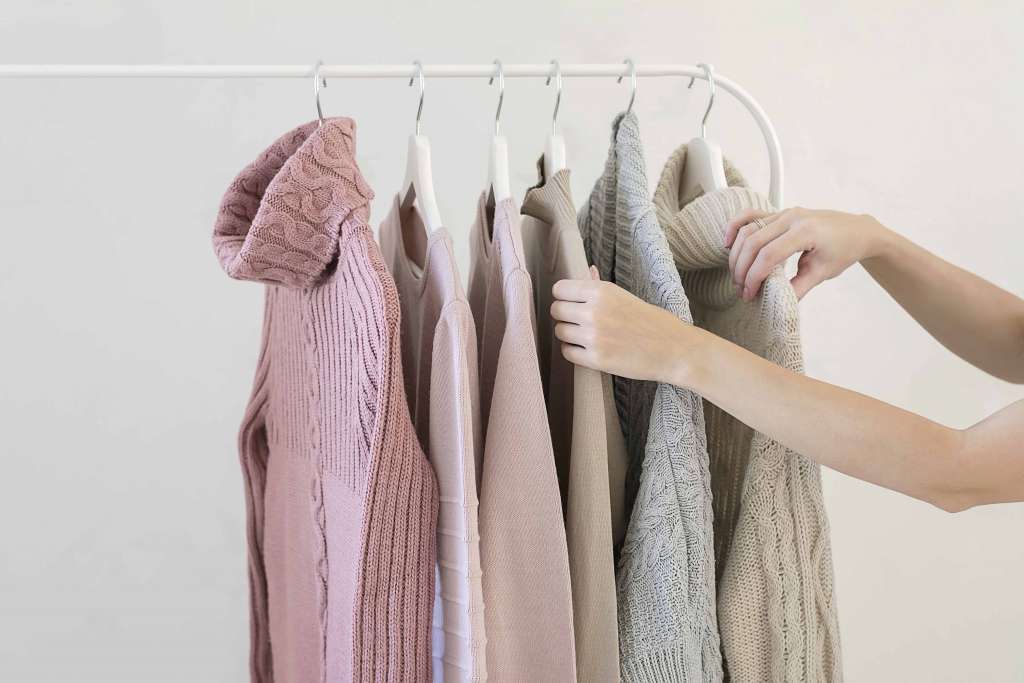
The slow fashion movement: what is it and why is it so important?
The slow fashion movement is a response to the negative environmental and social impacts of fast fashion. It promotes a more sustainable and ethical approach to fashion consumption, focusing on quality, longevity, and conscious purchasing decisions.
The impact of fast fashion
We live in a world that is plagued by huge corporations that do everything they can to fool customers. This has been extremely prevalent in the fashion industry, but it became even more notorious in the past few weeks, thanks to an influencer who went on a paid trip to the Shein HQ and showed a sugar coated, made-up reality that is completely different from what workers experience in sweatshops every day.
Apart from the ethical side of this issue, fast fashion is also a threat to the environment, fueling a cycle of waste and pollution. Trends have really short lifespans, and this means that there is a constant demand for new clothes, while tons of clothes are quickly considered “outdated” and are thrown out. Mountains of discarded garments pile up, and the industry creates more and more cheap clothes made with low-quality materials.

Discarded clothes in the desert of Atacama in Chile.
What is slow fashion?
The slow fashion movement wants to decelerate the fashion industry, promoting mindful consumption. It doesn’t only advocate for the purchase of fewer garments, but also urges consumers to prioritize eco-friendly materials like cotton and linen. Slow fashion also favors purchasing secondhand clothing and upcycling unwanted garments into new pieces.
How can you join the slow fashion movement?
At Vicson, we care profoundly about the ethics of our products, and we’ve worked hard to ensure that none of our processes harm people or the planet. We want to share some of the ways in which you can embrace the slow fashion movement:
- Buy less, choose well: Instead of constantly chasing new trends, opt for timeless, high-quality pieces that will last longer and transcend seasonal fads. Prioritize items that are versatile and can be styled in multiple ways.
- Embrace second-hand and vintage shopping: Explore thrift stores and online platforms for pre-loved clothing, such as depop. Buying second-hand extends the lifespan of garments and reduces waste. It also allows you to discover unique and one-of-a-kind pieces.
- Buy from independent brands: Independent brands offer unique and original designs that prioritize creativity and individuality. They often adhere to ethical manufacturing practices, ensuring fair wages and safe working conditions. They are also more likely to use sustainable materials, reducing the environmental impact of fashion. By supporting independent brands, you contribute to local economies, sustain traditional craftsmanship, and enjoy a personalized customer experience.
- Care for your clothes: Properly maintain your garments to extend their life. Follow care instructions, mend small damages, and launder them appropriately. Developing basic sewing skills allows you to repair and alter your clothes. It also enables you to personalize and customize your wardrobe, making it truly unique.
- Educate yourself and others: Stay informed about the fashion industry's impact on the environment and society. Share your knowledge with others, advocate for change, and encourage conscious consumption habits. One of our favorite documentaries is “The true cost” —which you can watch for free on YouTube— that talks about the current situation of the fashion industry.
By adopting these practices, you can contribute to reducing the negative impact of fashion on the environment, support ethical labor practices, and promote a more sustainable and mindful approach to dressing.

